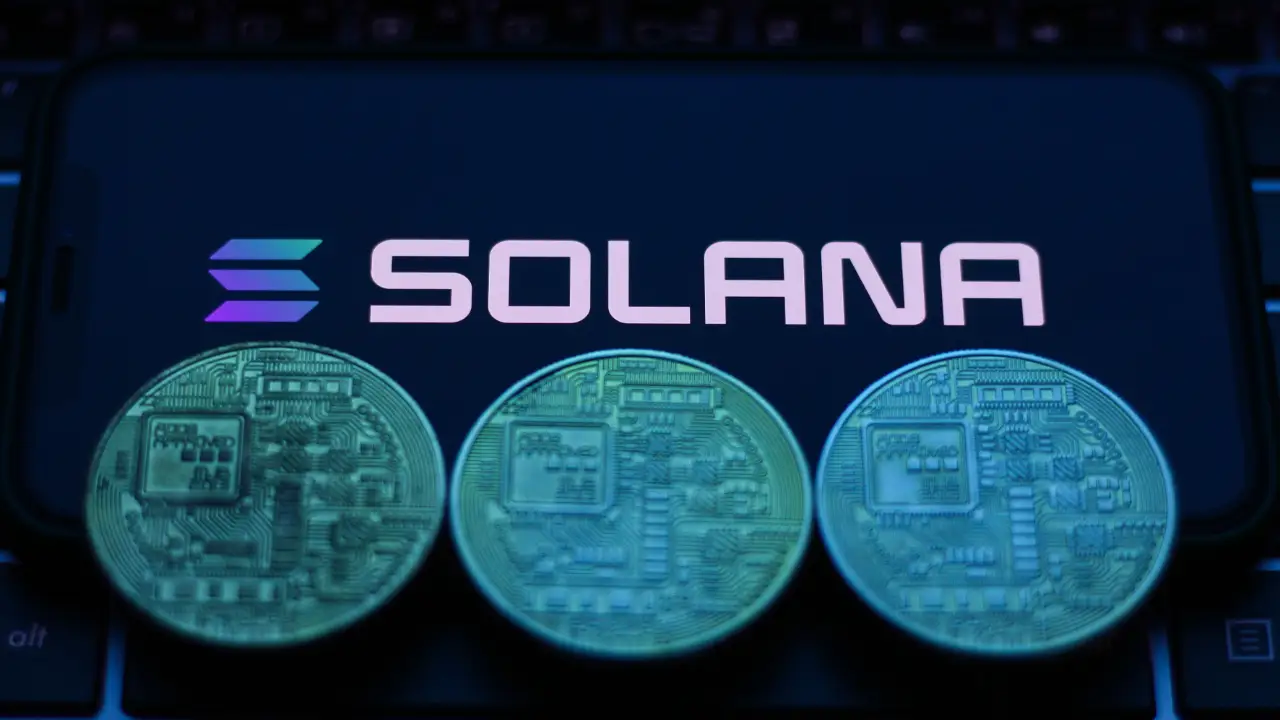in brief
Currently, the Solana blockchain network is facing a multitude of challenges due to a surge in user activity. Among these challenges, chain congestion stands out as a pressing concern, prompting stakeholders in the blockchain ecosystem to consider significant modifications to the network’s operations. Furthermore, the rapid expansion of decentralized finance (DeFi) activity has drawn the attention of malicious actors aiming to exploit the network’s low fees.
Solana is set to implement measures to address network concerns.
In response to mounting concerns, Jito Labs, a prominent Solana infrastructure developer, has recently made the decision to discontinue its mempool service. While Solana itself does not possess a native mempool, Jito’s Block Engine ingeniously introduced one to facilitate what is known as “maximal extractable value” (MEV) on the network.
Positive MEV presents an opportunity for traders to pay additional fees to prioritize their transactions. However, the flip side of MEV, known as negative MEV, has ushered in the emergence of sandwich attacks. In these sophisticated attacks, traders employ advanced bots to execute transactions both before and after a targeted trade, artificially manipulating the price of the asset to benefit the attacker while inflicting harm on the victim.
The decision to cease mempool functionality was driven by the overarching objective of enhancing the user experience on Solana, particularly in light of the network’s ongoing struggles with congestion. This congestion has been further exacerbated by the influx of meme coins and non-fungible tokens (NFTs), posing significant operational challenges for projects such as Drip. Drip, for instance, churns out hundreds of thousands of NFTs daily for its user base, exacerbating the strain on the network’s infrastructure.
Maintaining a delicate equilibrium between network stability and expansion.
Solana’s co-founder, Anatoly Yakovenko, recently floated the idea of aggressively increasing block space on the network as a potential solution to alleviate congestion. However, this proposal comes with the inherent risk of heightened network outages. To gauge community sentiment on this matter, Yakovenko conducted a Twitter poll, revealing that the majority of respondents favored prioritizing network stability over congestion management. This sentiment reflects the prevailing concerns among Solana traders regarding the network’s reliability.
While NFTs contribute to network congestion to some extent, the primary contributor remains meme coins. Users are generating an unprecedented number of new tokens on a daily basis, driven by the popularity of Solana meme coins such as Dogwifhat and Bonk. This prolific creation of new SPL tokens sets new daily records for network activity and exacerbates congestion issues on the Solana blockchain network.
The Solana blockchain network is at a critical juncture, contending with the dual challenges of chain congestion and malicious activity. While measures are being implemented to address these issues, such as the cessation of mempool functionality and discussions surrounding network expansion, the path forward remains challenging. However, there is optimism within the Solana ecosystem that these challenges can be overcome through continued collaboration and innovation. With concerted efforts, Solana aims to emerge as a more resilient and scalable blockchain network capable of meeting the demands of its growing user base.



